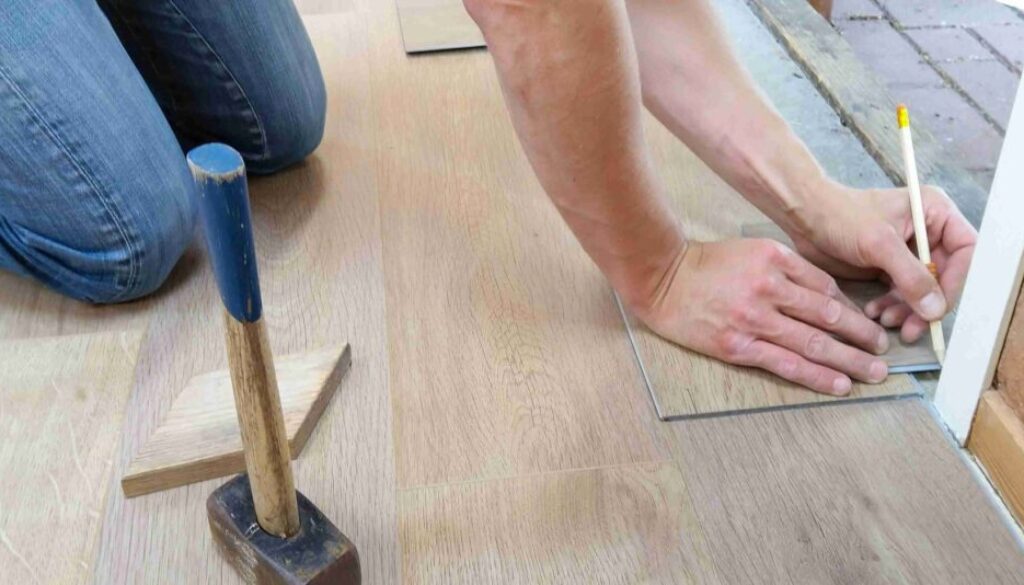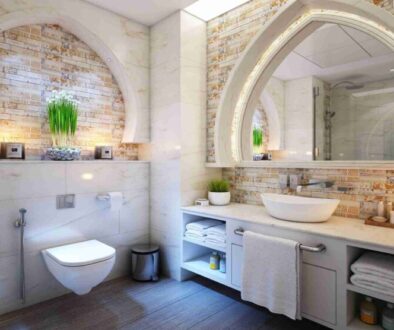5 Genius Bamboo Floor Repair Hacks: Restore Your Space
Discover the art of sustainable living with our guide to Bamboo Floor Repair. Explore Eco-friendly sealants, bamboo-specific finishes, and how-to’s.
Bamboo Floor Repair
Ever wished your bamboo floors could whisper tales of timeless elegance, but instead, they murmur hints of wear?
You walk into your home, and there it is – the stunning allure of your bamboo floors. They’ve been the heart of your living space, but lately, you’ve noticed signs of wear and tear.
Don’t worry, because, in this guide, we’re about to embark on a journey of discovery – a quest to master the art of bamboo floor repair.
We’ll uncover five genius hacks that not only breathe new life into your floors but also align with your desire for a greener home.
Understanding Bamboo Floors
Bamboo Flooring
Bamboo, a beacon of sustainable living, graces homes with its natural allure. Its rapid growth and eco-friendly profile make it a top choice for those committed to green living. As we navigate the realm of bamboo floor repair, understanding why bamboo has become synonymous with both style and environmental responsibility is key.
Scratches, Dents, Water Damage
In the battle of daily life, bamboo floors face scratches, dents, and water threats. Despite their durability, these adversaries can mar your floors. To master bamboo floor repair, recognizing these challenges is vital.
Identifying culprits, from playful pets to accidental spills, sets the stage for targeted solutions beyond aesthetics, ensuring the longevity of your eco-friendly flooring.
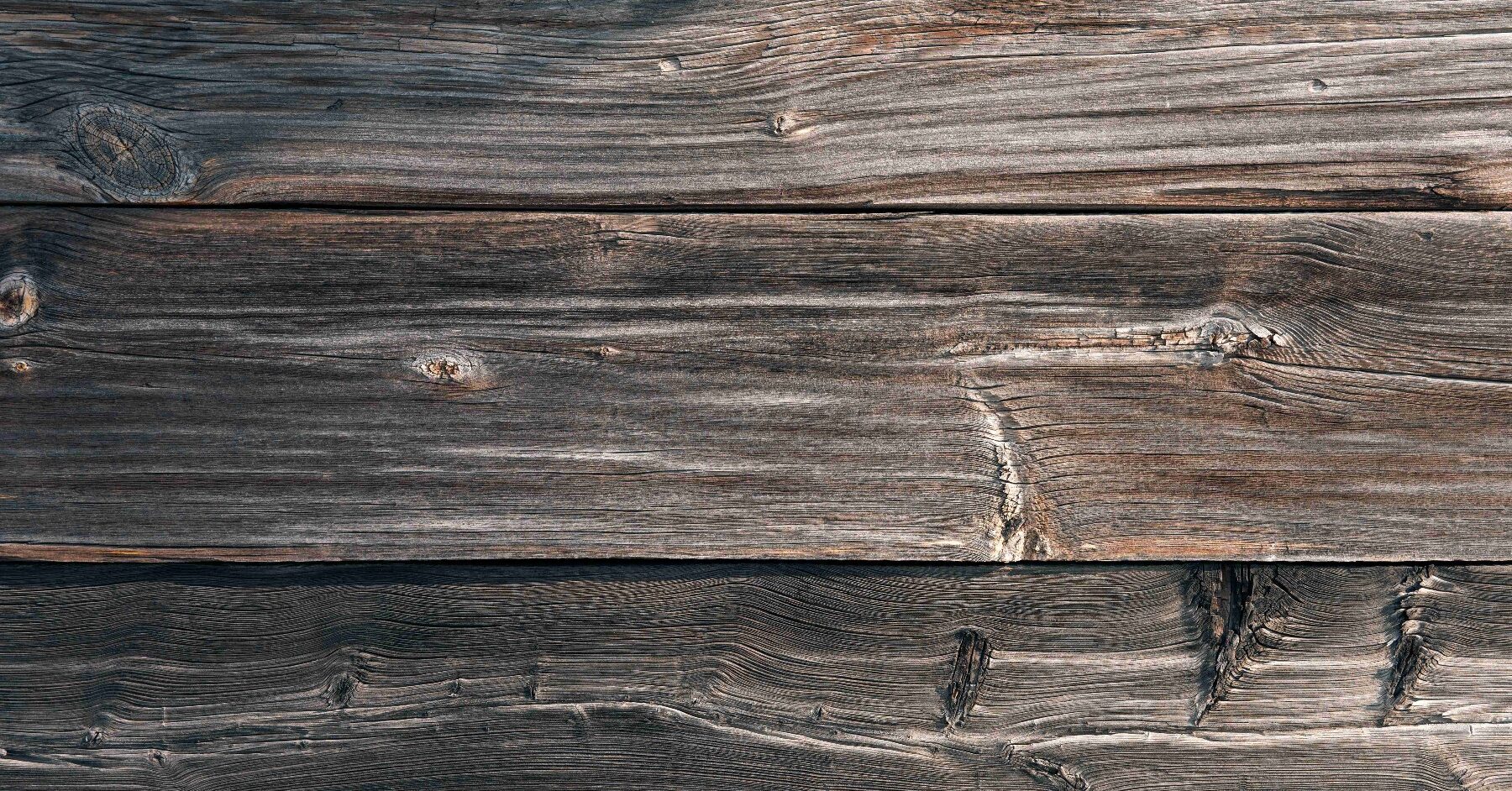
Timely Repairs
A small scratch on your bamboo floor – seemingly harmless, right?
Not quite. Even minor imperfections can escalate into major issues if ignored. Timely bamboo floor repair is crucial. Neglecting scratches or dents can lead to extensive damage, jeopardizing your entire flooring.
Stay proactive; address issues promptly to preserve your bamboo floors’ beauty and save yourself from potential headaches.
Tools and Materials for Bamboo Floor Repair
Equipping yourself with the right tools is the first step in mastering the art of bamboo floor repair. Let’s delve into the essentials that will empower you to restore your bamboo floors to their former glory.
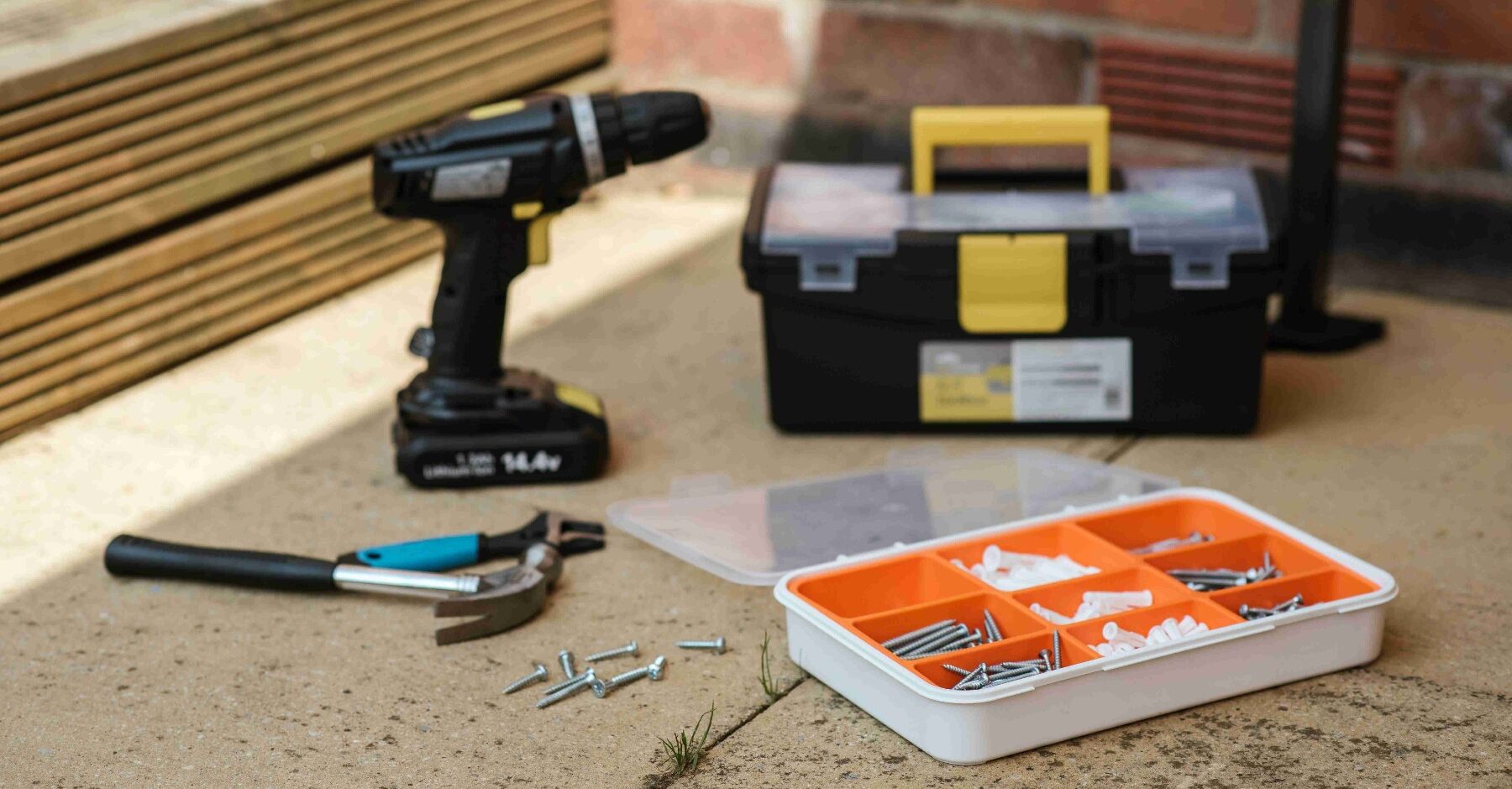
Essential Tools
- Sandpaper (various grits)
- Putty Knife
- Circular Saw
- Hammer
- Tapping Block
- Pull Bar
- Chisel
- Moisture Meter
- Level
- Pliers
- Rubber Mallet
Materials
- Wood Filler
- High-quality Sealant
- Flooring Adhesive
- Painter’s Tape
Tips for Effective Tool Usage
- Color Matching: When using wood filler, ensure it matches the bamboo floor color for a seamless blend.
- Progressive Sanding: Start with coarser grit sandpaper and gradually move to finer grits for a polished finish.
- Strategic Sealant Application: Apply sealant strategically to high-traffic areas for enhanced protection.
- Precision with Putty Knife: Use a putty knife for precise application of wood filler in scratches and small dents.
- Careful Circular Saw Use: Exercise caution when using a circular saw for plank replacements to avoid unnecessary damage.
- Secure Adhesive Application: Apply flooring adhesive evenly to prevent gaps and ensure a secure fit for repaired planks.
- Tapping Block Technique: Utilize a tapping block when installing new planks to ensure a snug fit without damaging surrounding flooring.
- Effective Pull Bar Application: Use a pull bar to secure planks together, minimizing gaps and ensuring a level surface.
- Chisel for Detail Work: Employ a chisel for detailed work, especially in intricate areas that require precision.
- Moisture Management: Regularly use a moisture meter to monitor bamboo floor moisture levels, preventing potential issues.
Hack # 1: Scratch Repair Hacks
Now that we’re armed with the essential tools, let’s tackle one of the most common issues – scratches on your bamboo floors. These hacks are your go-to solutions for restoring the flawless charm of your living space.
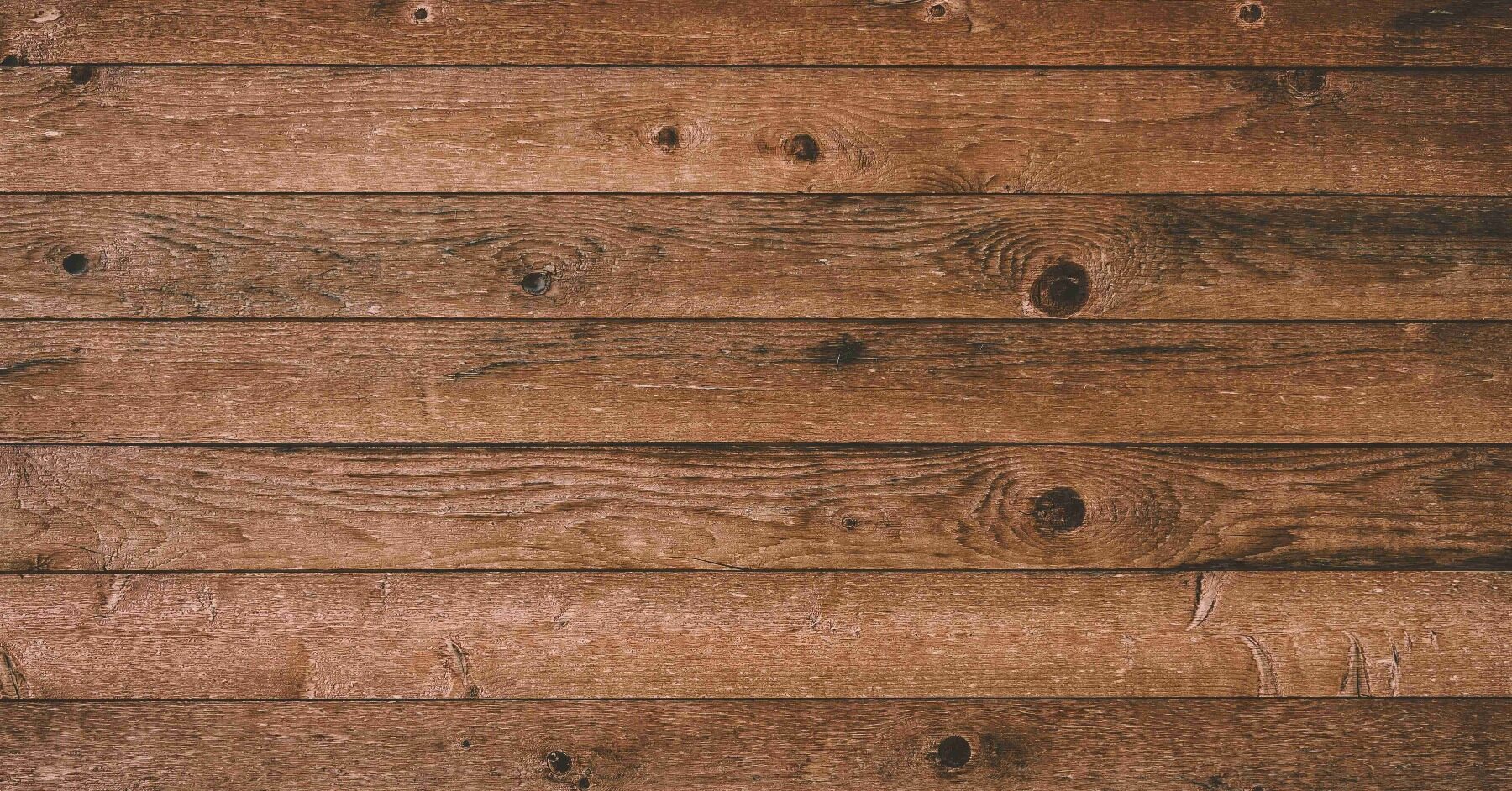
Steps for Repairing Minor Scratches
- Clean the Area: Begin by thoroughly cleaning the scratched area to remove any dirt or debris that might interfere with the repair process.
- Mix Baking Soda Paste: Create a paste by combining baking soda with a small amount of water. Adjust the ratio until you achieve a thick, yet spreadable consistency.
- Apply the Paste: Use a soft cloth or sponge to apply the baking soda paste to the scratched area. Gently rub the mixture into the scratch, ensuring even coverage.
- Buff with a Soft Cloth: After allowing the paste to sit for a few minutes, use a soft cloth to buff the scratched area. This process helps blend the paste with the bamboo surface.
- Evaluate the Results: Assess the repaired area to determine if the scratch is less visible. If needed, repeat the process until you achieve the desired outcome.
- Clean Again: Wipe the repaired area with a clean, damp cloth to remove any residual paste, leaving your bamboo floor spotless.
- Apply Protective Finish: Consider applying a bamboo-specific sealant or concealer to the repaired spot for added protection and a consistent finish.
Natural Remedies or Specialized Products
Whether embracing eco-friendly baking soda paste or opting for bamboo-specific scratch concealers, your choice of bamboo floor repair methods depends on your sustainability commitment and your floor’s specific needs.
Natural remedies offer simplicity, while specialized products provide targeted solutions with protective benefits. The decision between these methods is pivotal for achieving a seamless and eco-conscious bamboo floor repair.
Tips on Color Matching to Ensure a Seamless Finish:

- Sample Testing: Before full application, test the color-matching product on an inconspicuous area to ensure compatibility with your bamboo floor.
- Consider Light Exposure: Keep in mind that bamboo floors may change color over time due to exposure to light. Factor this into your color-matching decision for a more accurate repair.
- Match Undertones: Pay attention to the undertones in your bamboo floor’s color. Matching these subtleties ensures a harmonious blend between the repaired and existing areas.
- Follow Manufacturer Guidelines: If using a specialized bamboo scratch concealer, adhere to the manufacturer’s guidelines for application and color-matching. This ensures optimal results.
- Blend with Surroundings: Aim for a color that seamlessly blends with the surrounding bamboo, creating a cohesive and natural appearance after the repair.
- Applying in Layers: For more control over color intensity, consider applying the color-matching product in layers, allowing each layer to dry before adding the next.
- Regular Maintenance: Keep your bamboo floors well-maintained to prevent color discrepancies. Routine care contributes to the longevity of the repair, ensuring a consistently seamless finish.
Hack # 2: Dealing with Dents and Gouges
The next challenge to conquering bamboo floor repair is the dreaded dents and gouges. No need to worry, we have curated techniques that go beyond mere concealment, ensuring a comprehensive restoration that stands the test of time.
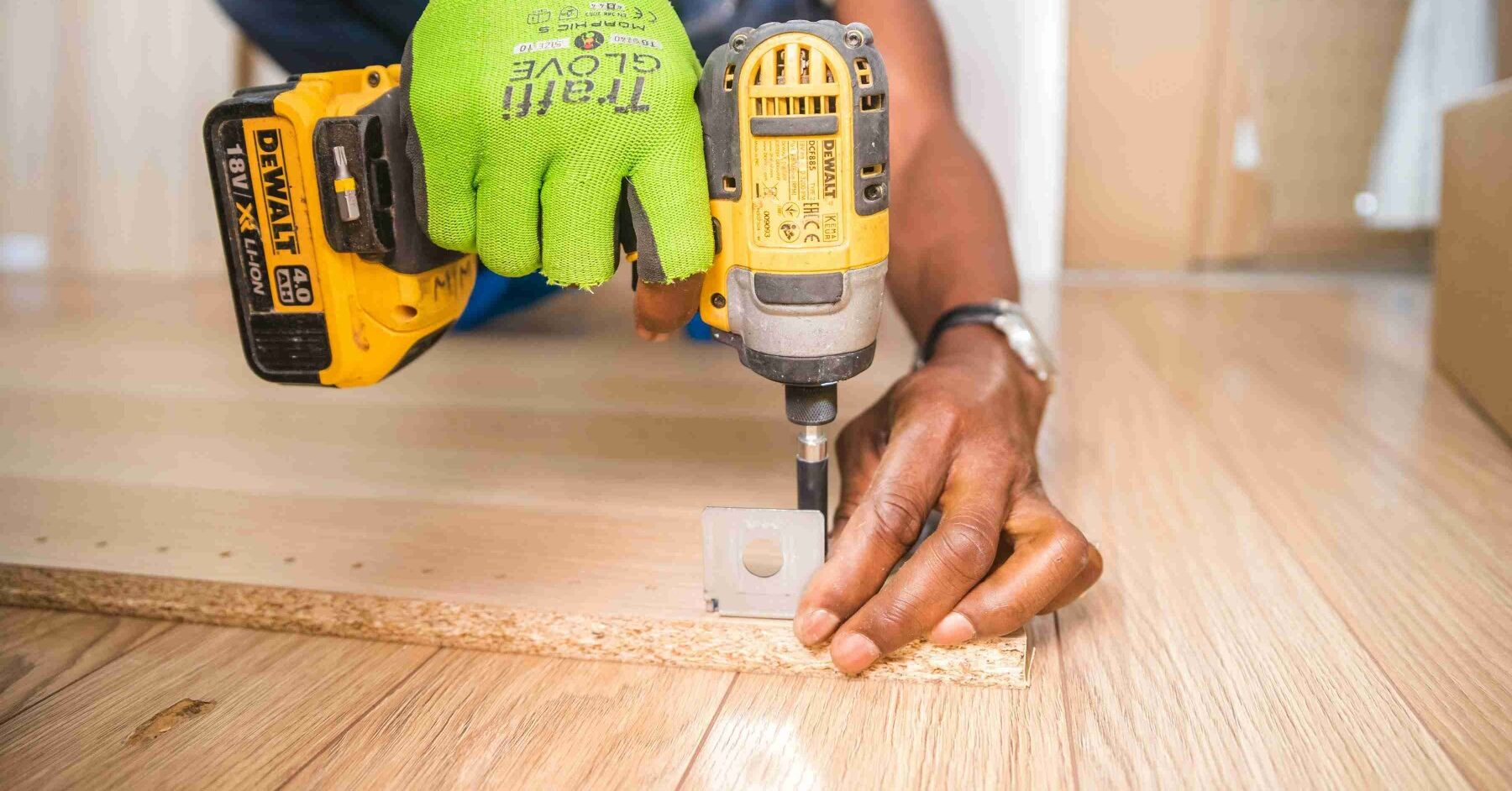
Dent Filling for Effective Bamboo Floor Repair
Dents and gouges, though disheartening, can be expertly addressed. Begin the bamboo floor repair process by meticulously cleaning the damaged area. Apply eco-friendly wood filler, ensuring it permeates every dent.
The use of a precise putty knife guarantees a seamless blend with the surrounding floor. Post-drying, a gentle sanding session perfects the repaired area, leaving it looking flawless and rejuvenated.
Seamless Plank Replacement Techniques
When damage extends beyond minor dents, consider the art of plank replacement in bamboo floor repair. Introduce a new plank, securing it with flooring adhesive. Utilize a tapping block and rubber mallet for precise alignment, ensuring the replacement integrates seamlessly.
A finishing touch of sanding along the edges delivers uniformity, presenting your bamboo floor in its original splendor.
Preserving with Protective Sealant Application
Elevate your bamboo floors’ resilience post-repair through a protective sealant. Bamboo-specific finishes act as shields against future damage while enhancing overall aesthetics. Delicately apply the sealant, focusing on the repaired areas.
This final step of bamboo floor repair contributes to a timeless allure, safeguarding the beauty of your floors for years to come.
Hack # 3: Water Damage Solutions
Navigating the waters of bamboo floor repair, we encounter a common adversary – water damage. Let’s explore effective solutions to address this challenge and revive the pristine condition of your bamboo floors.

Swift Action for Minor Water Incidents
- Absorb Excess Moisture: Swiftly use a clean, dry cloth or paper towel to absorb excess water.
- Ventilate the Area: Enhance drying by ensuring proper ventilation, preventing water absorption into bamboo fibers.
- Monitor Moisture Levels: Utilize a moisture meter to track and ensure the affected area in your bamboo floor repair returns to its optimal moisture level, averting potential long-term damage.
Addressing Lingering Moisture in Planks
- Elevate Affected Planks: Facilitate airflow by elevating affected planks, aiding the drying process.
- Use Fans or Dehumidifiers: Expedite moisture removal by employing fans or dehumidifiers in the affected area.
- Regular Monitoring: Keep a vigilant eye on moisture levels, adjusting interventions as needed for successful bamboo floor repair and to prevent permanent damage.
Preventive Measures for Water Issues
- Place Moisture-Absorbing Mats: Strategically position mats near entry points to absorb moisture, preventing water from reaching bamboo surfaces during your bamboo floor repair.
- Promptly Address Leaks or Spills: Act swiftly to address leaks or spills, minimizing water exposure to your bamboo floors during the bamboo floor repair process.
- Proactive Strategies: Embrace proactive measures to fortify your bamboo floors, establishing a resilient defense against potential water-related challenges during your bamboo floor repair.
Regular Cleaning Routine
Implement a routine cleaning schedule using a soft broom or vacuum cleaner. This not only removes surface dirt but also safeguards against potential scratches, ensuring the longevity of your bamboo floors.
This straightforward preventive measure aligns with the well-being of your bamboo floor repair investment.
Gentle Cleaning Products
Opt for gentle, bamboo-friendly cleaning products when performing routine maintenance. Harsh chemicals can compromise the finish and integrity of your bamboo floors.
Choosing eco-friendly cleaning solutions aligns with your commitment to sustainable living, complementing the ethos of your bamboo floor repair journey.
Hack # 4: Preventive Maintenance
Transitioning from repair to preservation, let’s delve into preventive measures to prolong the life and beauty of your bamboo floors. These tips ensure that your bamboo floor repair efforts stand the test of time, maintaining a stunning and eco-friendly living space.

Protective Area Rugs and Furniture Pads
Place area rugs strategically in high-traffic zones and under furniture to minimize direct contact with bamboo floors. This practice serves a dual purpose – preventing wear in frequented areas and reducing the risk of dents and scratches.
The incorporation of protective furniture pads further fortifies your floors against potential damage, safeguarding the outcomes of your bamboo floor repair endeavors.
Temperature and Humidity Control
Maintain a stable indoor environment by regulating temperature and humidity levels. Bamboo is sensitive to fluctuations, and maintaining a consistent climate helps prevent issues like warping or cupping.
This proactive step ensures the ongoing success of your bamboo floor repair, mitigating potential challenges arising from environmental changes.
Periodic Professional Inspection
Schedule periodic professional inspections to assess the overall health of your bamboo floors. Experts can identify potential issues before they escalate, providing timely solutions that complement your preventive measures.
This collaborative approach adds an extra layer of assurance, extending the life of your bamboo floors beyond the initial bamboo floor repair efforts.
Hack # 5: Eco-Friendly Sealants and Finishes
As we conclude our exploration into bamboo floor repair and maintenance, let’s reflect on the broader impact of choosing bamboo as a flooring material. Embracing sustainable living goes beyond repairs; it’s a lifestyle choice that transforms your home into an eco-friendly haven.
Environmentally Friendly Sealants
When venturing into bamboo floor repair, consider eco-conscious sealants like water-based finishes or natural oil sealers. Brands such as Minwax Polycrylic and Osmo Polyx-Oil offer low VOC content, minimizing environmental impact and aligning with your commitment to sustainable living during the bamboo floor repair process.
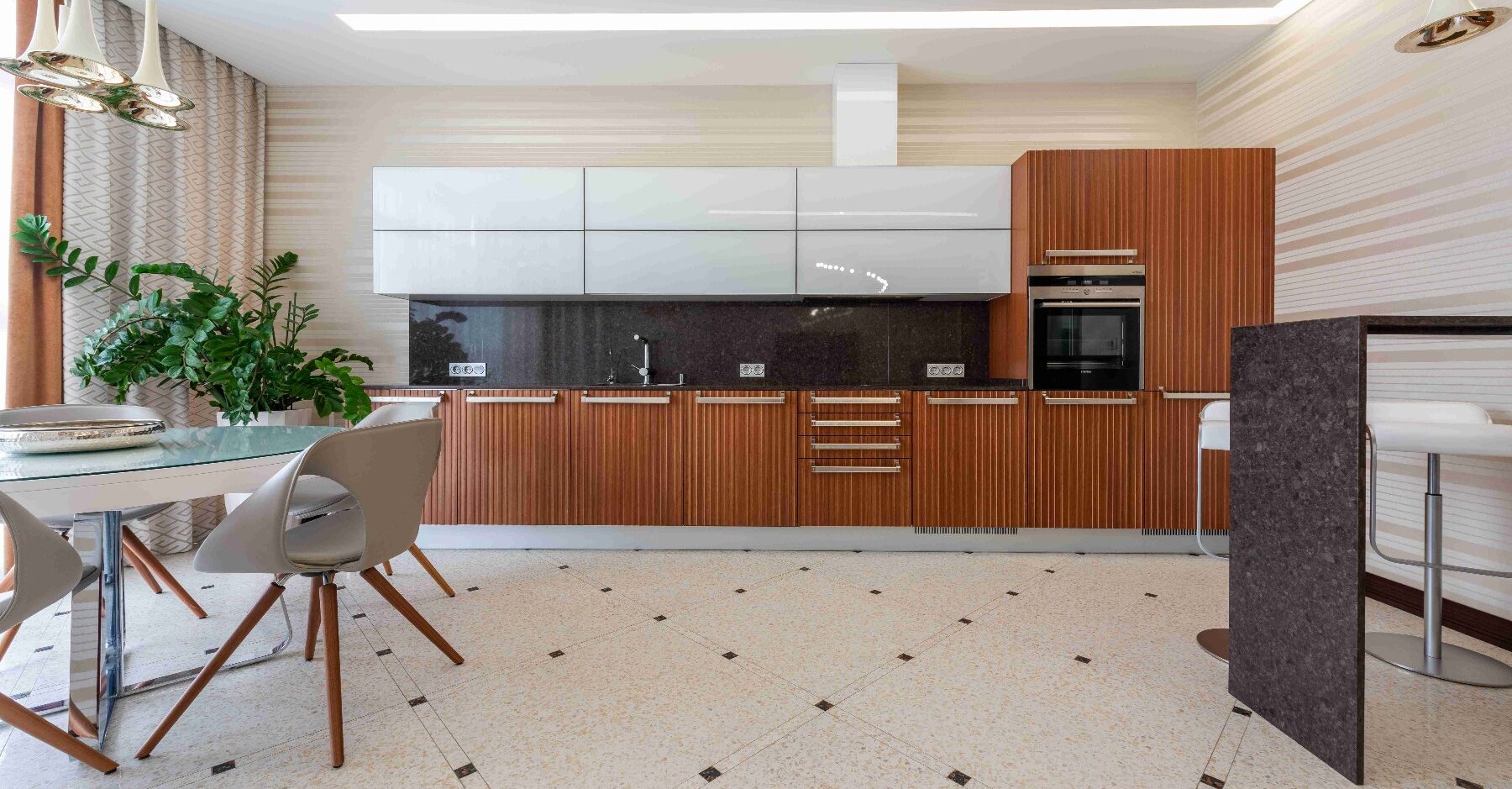
Benefits of Using Bamboo-Specific Finishes
- Enhanced Durability: Bamboo-specific finishes provide an extra layer of protection, ensuring your bamboo floor repair efforts withstand daily wear and tear.
- Color Consistency: These finishes offer color-matching capabilities, seamlessly blending repaired areas with the existing bamboo floor for a cohesive look.
- Water Resistance: Bamboo finishes are designed to repel water, guarding against potential damage and enhancing the longevity of your floors.
- Eco-Friendly Formulas: Many bamboo-specific finishes prioritize eco-friendly formulations, aligning with sustainable living practices.
- Easy Maintenance: These finishes simplify routine care, making it easier to maintain the beauty of your bamboo floors post-repair.
Tips on Proper Application for a Long-Lasting Repair
- Even Application: Ensure an even application of the finish during bamboo floor repair, preventing uneven drying and potential issues.
- Proper Ventilation: Apply finishes in well-ventilated spaces to facilitate proper drying, enhancing the effectiveness of your bamboo floor repair.
- Follow Manufacturer Guidelines: Adhere to the specific guidelines provided by the finish manufacturer for optimal application and longevity.
- Allow Adequate Drying Time: Patience is key; allow ample time for the finish to dry thoroughly during your bamboo floor repair for lasting results.
- Regular Maintenance: Implement a routine maintenance schedule, including reapplication of finishes when necessary, to extend the life of your bamboo floors post-repair.
Overview
So, embracing bamboo floors isn’t just a design choice; it’s a commitment to environmental harmony. Our exploration into bamboo floor repair and preservation is a step towards a greener, more resilient home. With eco-friendly sealants and bamboo-specific finishes, your bamboo floors become a testament to longevity and conscious living. Take pride in a space where repair isn’t just a fix—it’s a sustainable evolution for a brighter, eco-conscious future.
Share your bamboo floor repair stories in the comments and join our eco-conscious community using #BambooRevival on social media.
For more tips, check out related articles.
Let’s create a greener world, starting with your bamboo floors!
